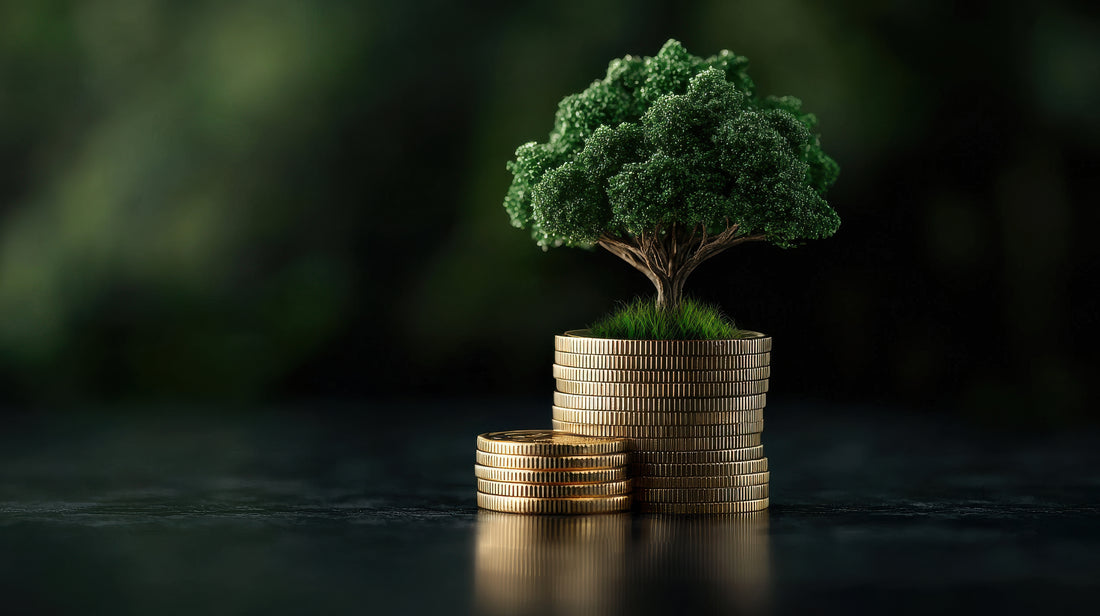
Why Sustainable Fashion Costs More (and Why It’s Worth It), CLOTH’EL
When it comes to fashion, price tags can often spark a dilemma. Why pay more for sustainable clothing when fast fashion offers cheaper alternatives? The answer lies in the deeper value sustainable fashion provides—not just for you, but for the planet and the people behind your clothes. Let’s explore why sustainable fashion costs more and why it’s an investment worth making.
1. Ethical Labor Practices: Paying People Fairly
One of the key reasons sustainable fashion costs more is that ethical brands prioritize fair wages and safe working conditions for their workers. Fast fashion often relies on exploitative labor practices, paying workers far below a living wage and subjecting them to unsafe environments.
Sustainable brands like CLOTH’EL ensure that everyone involved in the process—from designers to artisans—receives fair compensation for their skills and time. When you buy sustainable clothing, you’re supporting a system that values people over profit.
2. High-Quality Materials and Craftsmanship
Sustainable fashion is built to last. Unlike fast fashion, which prioritizes speed and cost efficiency over durability, sustainable garments are made with high-quality, eco-friendly materials. Organic cotton, recycled fabrics, and upcycled textiles often come at a higher cost, but they ensure that your clothing stands the test of time.
For example, CLOTH’EL uses luxury hotel textiles to craft one-of-a-kind garments. These upcycled materials require careful handling and craftsmanship, adding to the value—and cost—of each piece.
3. Small-Scale, Thoughtful Production
Most sustainable brands produce their clothing in small batches, focusing on quality and reducing waste. This contrasts with the mass production model of fast fashion, which churns out excessive quantities of cheaply made items.
Small-scale production is more expensive but ensures that each garment is thoughtfully crafted. It also helps minimize overproduction, which contributes to the environmental crisis.
4. Eco-Friendly Processes and CertificationsSustainable fashion brands invest in eco-friendly production methods to reduce their environmental footprint. From sourcing organic materials to minimizing water and energy use, these processes are more expensive but far less damaging to the planet.
Additionally, obtaining certifications like Fair Trade, GOTS (Global Organic Textile Standard), or OEKO-TEX often involves rigorous standards and costs, which are reflected in the price of sustainable clothing.
5. Transparent Supply Chains
Transparency costs more. Sustainable fashion brands often go the extra mile to ensure their supply chains are ethical and traceable, which requires thorough monitoring and reporting. This level of accountability ensures that every step of the process aligns with the brand’s values—but it also adds to the price tag.
Why It’s Worth the Investment
1. Durability Saves Money in the Long Run
While sustainable clothing may cost more upfront, its durability and quality mean you’ll spend less on replacements. Instead of buying cheap items that wear out quickly, you’ll have timeless, well-made pieces that last for years.
2. Supporting Ethical Practices
Every purchase you make supports a system. By choosing sustainable fashion, you’re voting for a system that values fairness, sustainability, and innovation over exploitation and waste.
3. Reducing Environmental Impact
Sustainable fashion is kinder to the planet. By investing in eco-friendly clothing, you’re contributing to reduced waste, pollution, and carbon emissions, helping to preserve resources for future generations.
4. Wearing Clothes with Meaning
Sustainable garments often carry a story, adding a layer of meaning to what you wear. For example, CLOTH’EL’s upcycled collections give discarded hotel textiles a second life, making each piece unique and purposeful.
5. A Shift in Perspective
Instead of seeing sustainable fashion as “expensive,” consider it an investment in quality, ethics, and the planet. Each dollar you spend is a vote for a better future—one where fashion doesn’t come at the cost of people or the environment.
By choosing brands like CLOTH’EL, you’re not just buying clothes; you’re joining a movement to reshape the industry for the better.
Conclusion: Value Beyond Price
Yes, sustainable fashion costs more, but it’s worth every penny. It offers value that goes beyond the garment itself—supporting fair labor, reducing environmental harm, and creating timeless pieces you can cherish for years.
Ready to invest in a more sustainable wardrobe? Explore CLOTH’EL’S upcycled collections and discover the difference thoughtful fashion makes.
